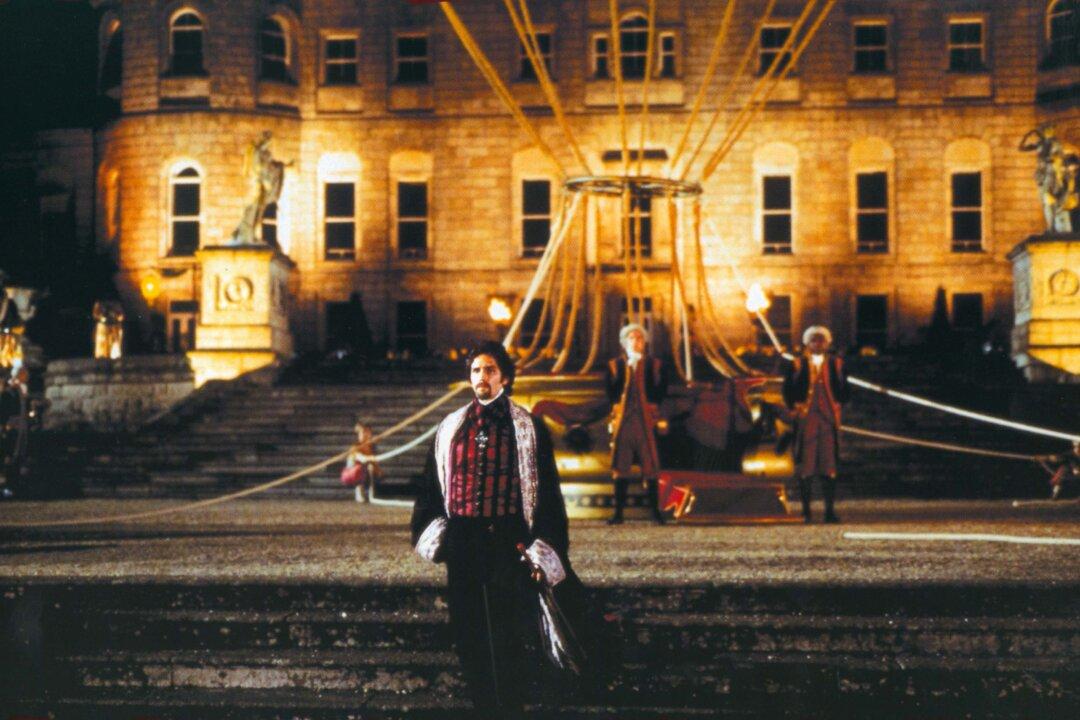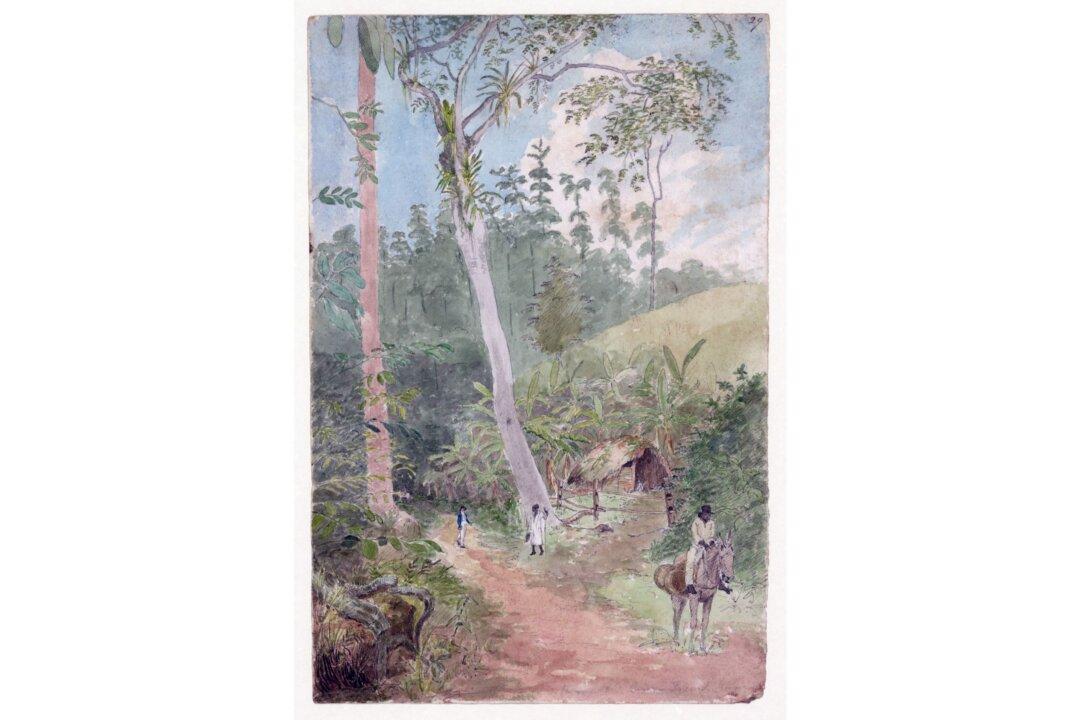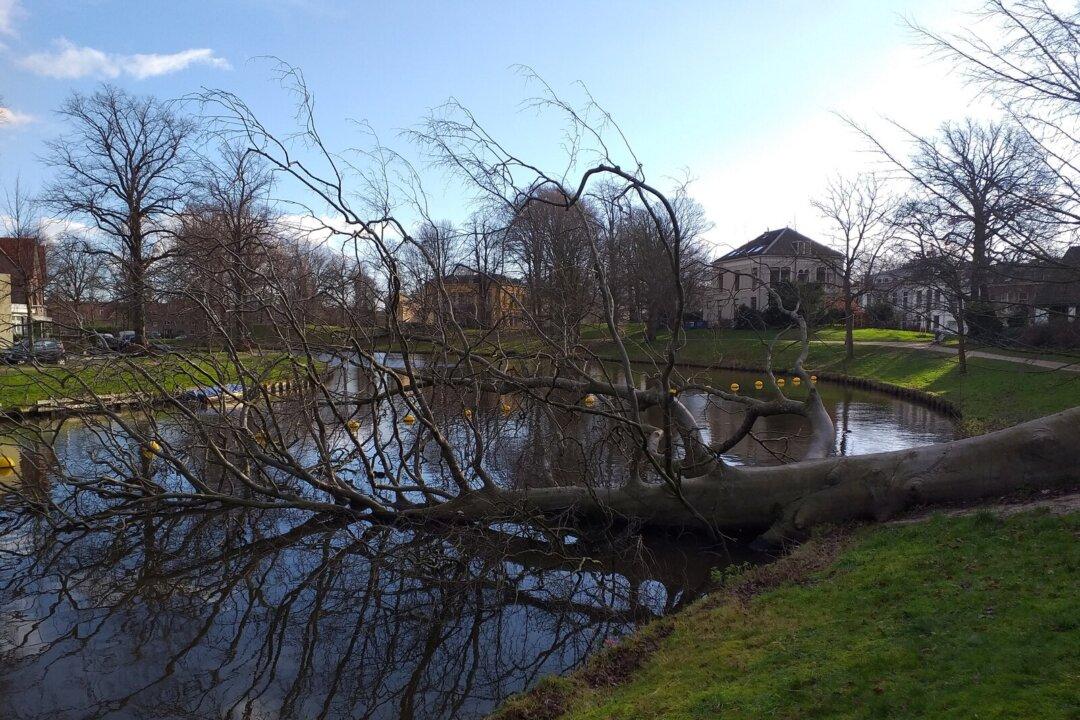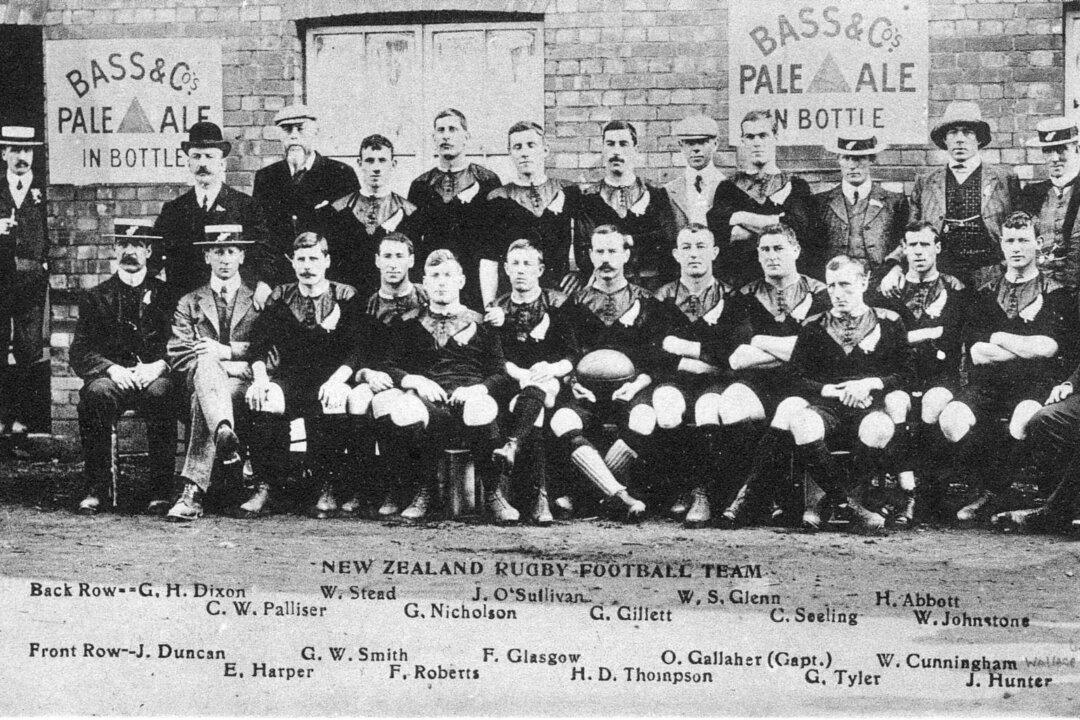During World War II, the commander and crew of the submarine USS Barb sank more sheer tonnage of Japanese vessels than any other American submarine. They also pioneered new tactics and used weapons never before employed by submarines.
The history of the Barb’s success began in April 1944, when Eugene “Lucky” Fluckey was assigned to the command. The vessel had seen seven war patrols up to this point, in both Atlantic and Pacific theaters, with little distinction.
Commander Fluckey changed all that, leading three successive and successful war patrols, steadily adding patches to the Barb’s battle flag. American submarine crews often created “battle flags” to represent their exploits, with most patches representing claimed “kills” of enemy warships or merchant vessels.
Flucky’s Fourth Patrol: The ‘Mother-Lode’
One incident illustrates prodigious success of the Flucky’s fourth tour of duty. He and the crew came upon a harbor on China’s coast that protected more than 30 Japanese ships. It was, as Fluckey said, the “mother-lode.”The harbor was heavily defended, and moreover, very shallow, about five fathoms (30 feet) deep. The undeterred Barb snuck in, almost grazing the ocean floor with its keel. First, four torpedoes were fired from the front tubes. Then, in a miracle of maneuvering, a 180-degree turn was quickly executed, and the crew fired the four rear torpedoes a mere two minutes later. Each missile scored a direct hit on a total of six enemy targets, not to mention collateral damage and confusion.
Flucky’s Fifth Patrol: Land Targets for Submarines
Having secured his fifth patrol, Fluckey continued to test the boundaries of submarine warfare. He attached a rocket launcher to the vessel and brought along 72 rockets with a three-mile range. This itself was breaking new ground; submarine warfare could now be carried to land targets.But even the use of rockets would be eclipsed by the events of July 23-24, 1945, just off Karafuto Prefecture, the northmost part of Japan. Days earlier, Fluckey had noted trains running along the coast. He and the crew began discussing the possibility of blowing up the tracks. As the conversation escalated, they began discussing how to blow up a train at the same time.

Then crew member, Billy Hatfield, came up with the idea of fashioning a kind of switch that could be placed under the train tracks with explosives—just like the walnuts he used to crack between railroad ties when he was little. Except that instead of destroying walnut shells, the first train to run over this switch would destroy itself and the train tracks.
The moment finally came with the first cloudy night, July 23. The Barb moved as close to the coast as it could. At midnight, the eight men tasked with setting up the explosives set out in boats. Twenty-five minutes later, they reached the beaches.
A tense period of about an hour ensued, while the task force quietly made its way to the tracks. They then used a homemade pick and shovel to dig the holes to place the explosives and switch, set the switch, and then headed back to the boats.
In the boats, when only half-way back to the Barb, they heard a train coming and thus had the best view of the pyrotechnics that followed.
American Military: A Partnership of Courage, Innovation, and Flair
The story of the submarine and the train encapsulates the brilliance of the Barb’s performance during the war, and also summarizes the genius of American fighting as a whole in World War II. It does something more: It captures what has been unique about the American military throughout its history in the way in which American fighters, of all ranks, have brought together courage, innovation, and flair.Few images better convey this derring-do than the picture of that very early morning of 1945 when the July sky was lit up by something very much like fireworks.





